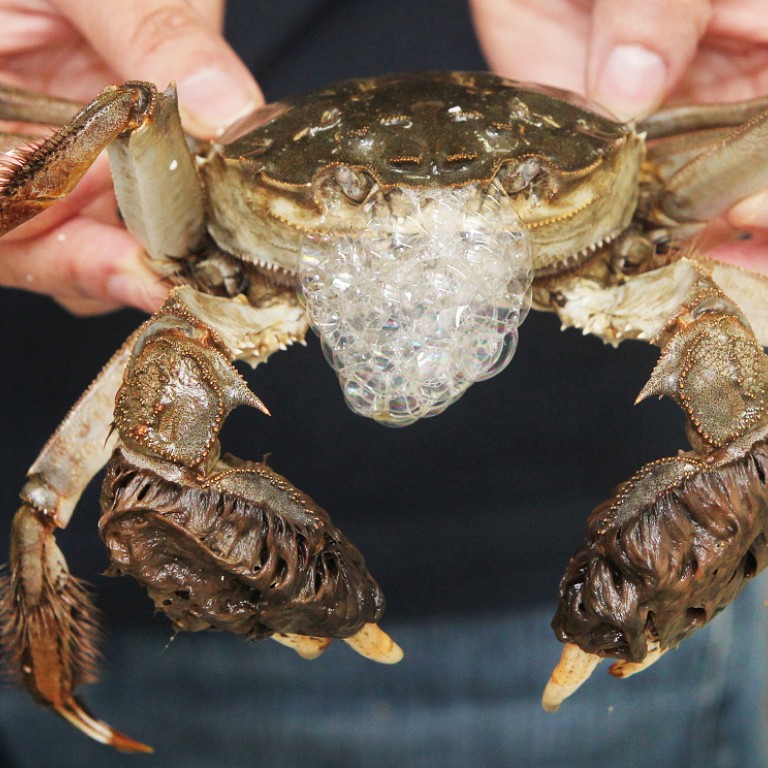
Chinese hairy crab found in Scotland’s River Clyde raises environmental concerns
Environmentalists in the UK are worried after the remains of a Chinese Hairy, or mitten, crab was found on Scotland's River Clyde
The remains of a Chinese hairy crab have been found in Scottish waters for the first time, with experts fearing the invasive species could pose an ecological threat to trout and salmon in Glasgow's River Clyde.

The Mitten Crab Recording Project by the UK government has already confirmed the crabs have populated rivers in England as far north as the Tyne, but the sighting in the River Clyde confirms its presence over the Scottish border for the first time.
The first sighting was a fortnight ago, when the shell of one of the crabs was found in the Dalmarnock district of Glasgow.
Dr David Morritt of the University of London, who is tracking the crabs' advance, said: "They could have a devastating impact in a Scottish river."
The bottom-dwelling crustaceans eat fish eggs.
Some experts cautioned that more evidence was needed to gauge the impact.
Jo Long, senior conservation policy officer at the Scottish Environment Protection Agency (Sepa), said: "While the remains of an adult Chinese mitten crab have been found in the River Clyde, we do not yet know whether there is a breeding population in the wider Clyde estuary.
"I think we would be concerned if there was a population that was beginning to emerge."
Willie Yeomans, a catchment manager for the Clyde River Foundation, said that "either way it's not necessarily good news for us", as it indicates a colony or population in the waterway.
"However many of these there are, whether it is one hundred or one, it is bad for the river," he added.
The hairy crab was introduced to Germany in 1912 and spread through northern Europe.
British records of the crab start in the Thames in 1935 and it is now well-established in major rivers including the Tyne, which was until now the northernmost reach of the species in the UK.
According to Sepa, invasive non-native species are the second biggest threat to native plants and animals after habitat loss.
Damage to the Scottish economy caused by non-natives has been estimated at £244 million (HK$3.08 billion) per year, including damage to infrastructure, tourism, forestry, horticulture and aquaculture.
Environmentalists face a tense wait to see whether the finding is of a dead crab or a shell shed by a live crab.
Dr Paul Clark, a Chinese mitten crab expert at the Natural History Museum, said the crabs had caused significant damage in the Thames.
"Mitten crabs are burrowing away into the riverbanks at Syon Park, London, and in dense numbers; the banks are collapsing. Downstream, Chiswick Eyot, an uninhabited island, is slowly being eroded by the mitten crab."
The International Union for Conservation of Nature has branded mitten crabs one of the 100 worst alien species in the world.

